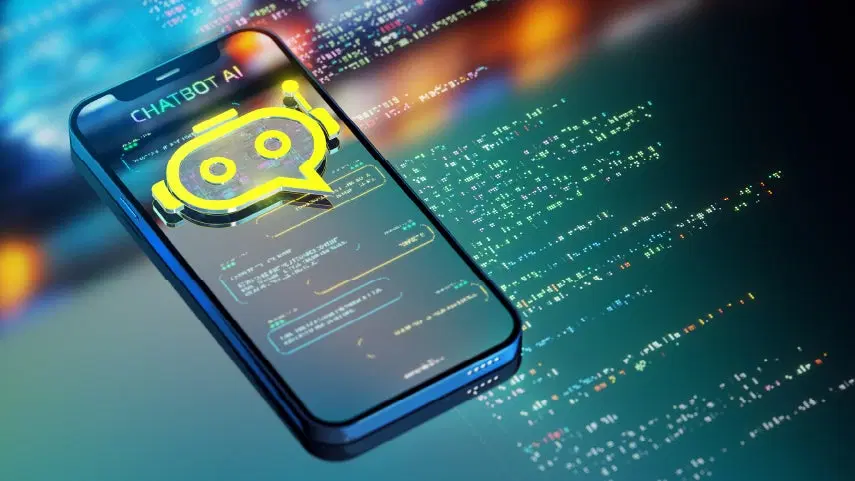
In the age of rapid technological advancement, artificial intelligence has brought remarkable innovations—from transforming industries to redefining everyday communication. But this same technology is now being exploited by cybercriminals in ways that are both sophisticated and deeply unsettling. A growing wave of AI-powered scams is using deepfake videos and AI-generated voice clones to deceive, manipulate, and steal—targeting both individuals and institutions with chilling accuracy.
The Rise of Deepfake and Voice Cloning Technology
Deepfake technology uses machine learning, particularly a subset called generative adversarial networks (GANs), to create hyper-realistic videos by superimposing someone’s face onto another person’s body or manipulating facial expressions and speech. Meanwhile, voice cloning tools can mimic anyone’s voice with just a few seconds of audio.
Originally developed for entertainment, education, and accessibility purposes, these tools have now found a darker use case: scams. What was once the domain of tech-savvy developers has become accessible to nearly anyone with an internet connection. There are now user-friendly AI platforms that allow people to create convincing fake audio or video content in minutes.
“Mom, I Need Help”: The Emotional Trap
Imagine receiving a frantic call from your child. Their voice, unmistakable, says they’ve been in an accident or arrested, and they need money urgently. Panic sets in. But the voice on the other end isn’t real.
This scenario has become increasingly common. In one recent case in Arizona, a woman received a call from what sounded exactly like her 17-year-old daughter, claiming to have been kidnapped. The caller demanded ransom money, and the mother was just moments away from transferring funds when she contacted her daughter, who was safe and sound at a ski resort.
The FBI and local police departments have reported a sharp increase in such emotionally manipulative scams. “Scammers are now using AI to hijack our most trusted relationships—our families,” said Special Agent Maya Patel of the FBI’s Cyber Crime Division. “It’s a new level of psychological warfare.”
Impersonating Public Figures for Profit
Beyond personal attacks, public figures and celebrities have become prime targets for impersonation. In 2024, a deepfake video of actor Tom Hanks appeared on social media promoting a dental plan he had no affiliation with. The video went viral before being flagged and removed. Similarly, AI-generated versions of political figures have been used to spread misinformation, causing confusion among voters and raising concerns about the integrity of democratic processes.
In March 2025, a tech CEO was impersonated in a deepfake Zoom call that tricked a senior employee into transferring $250,000 to a fraudulent overseas account. The impersonation was so accurate—voice, mannerisms, facial expressions—that the employee never suspected a thing.
“These aren’t simple phishing emails anymore,” said cybersecurity expert Nina Alford. “These are highly targeted, deeply convincing attacks that blur the line between reality and deception.”
How Are Scammers Getting the Data?
One might wonder: how do scammers get the voice or video data they need? The answer is unsettlingly simple—social media. Public Instagram stories, TikTok videos, YouTube vlogs, and even voicemail greetings can provide enough material for voice cloning. For video deepfakes, even a short clip from a livestream or news interview can be enough to recreate someone’s face and voice convincingly.
“People underestimate how much data they leave online,” said Alford. “If you’ve ever spoken publicly, posted a video, or recorded a podcast, your likeness is out there.”
The Psychological Toll
These scams don’t just steal money—they hijack trust. Victims often experience a profound sense of violation. Being tricked by something that looks and sounds exactly like a loved one or a trusted authority figure can cause lingering anxiety, self-doubt, and even PTSD-like symptoms.
“You begin to question what’s real,” said Jason Reynolds, a New Jersey man whose elderly father nearly emptied his savings after receiving a fake call from a ‘granddaughter’ in trouble. “It’s not just financial damage—it’s emotional trauma.”
Who’s Fighting Back?
Tech companies, law enforcement agencies, and cybersecurity firms are scrambling to catch up. Meta, Google, and OpenAI have rolled out watermarking features for AI-generated content to help detect fakes. New legislation is being drafted in several countries to criminalize malicious use of deepfakes and AI clones.
But experts warn that detection technology is struggling to keep pace with increasingly sophisticated scam methods. “The cat-and-mouse game between scammers and defenders is accelerating,” said Alford.
The U.S. Federal Trade Commission (FTC) recently launched a public awareness campaign urging people to establish “safe words” within families—a code phrase that only real loved ones would know and could use during emergencies.
Additionally, banks and telecom companies are working on AI-based verification systems that can detect anomalies in voice tone, behavior, and metadata.
Tips to Protect Yourself
While there’s no foolproof defense, there are practical steps people can take to reduce their risk:
- Limit public exposure – Be cautious about sharing videos and voice recordings publicly.
- Verify before responding – If you receive an urgent message from a loved one, call them back using a trusted number.
- Use code phrases – Establish unique phrases only known within your close circle.
- Educate loved ones – Especially seniors, who are often targeted.
- Enable two-factor authentication – For all financial and communication accounts.
Looking Ahead: The Future of Trust in a Synthetic Age
As generative AI tools continue to evolve, the line between real and fake will become increasingly hard to distinguish. Experts believe that the next few years will see an escalation in AI-powered scams—unless regulatory, technological, and educational measures are implemented urgently.
“There needs to be a broader conversation about digital identity,” said Patel. “We’re entering an era where seeing is no longer believing.”
In a world where a familiar voice or face can be fabricated, trust becomes a rare commodity. The challenge ahead is not just about catching scammers—but about restoring confidence in what we hear and see every day.
If you or someone you know has been a victim of an AI-generated scam, contact us today at info@devcybertech.com to assist you.

